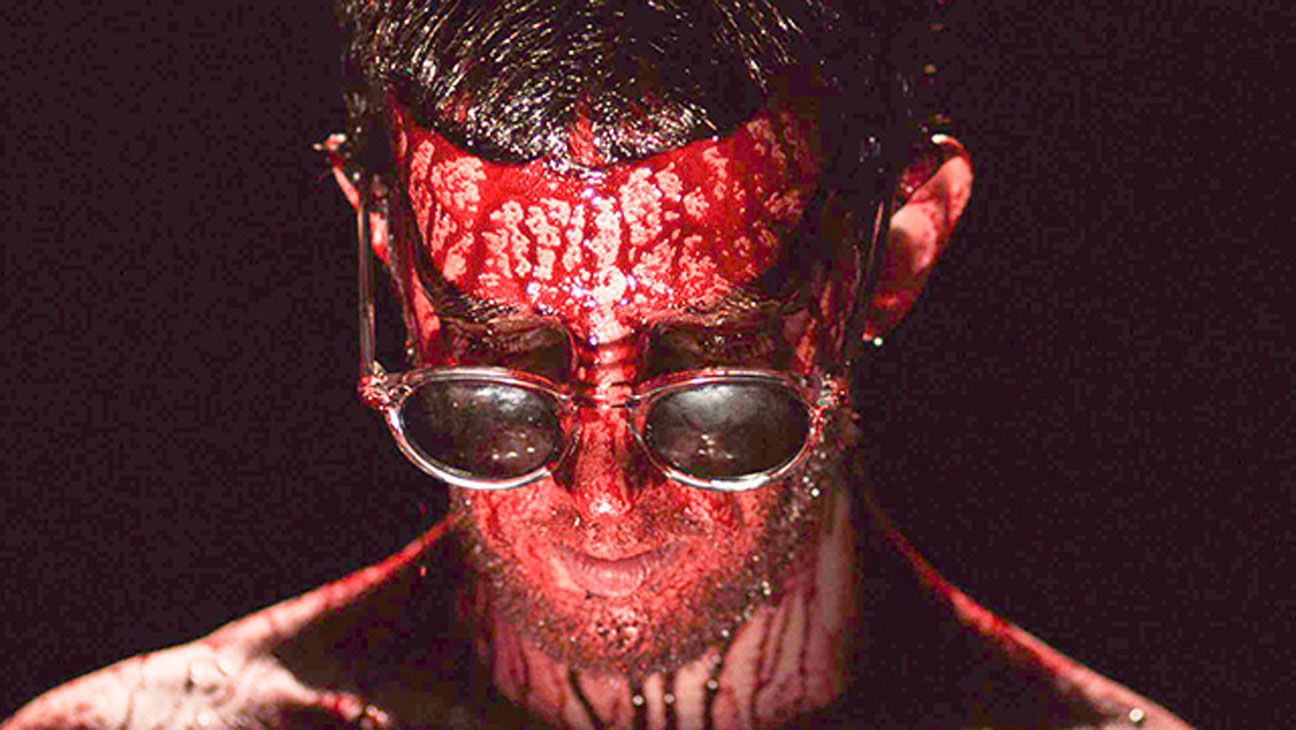By providing your information, you agree to our Terms of Use and our Privacy Policy. We use vendors that may also process your information to help provide our services. This site is protected by reCAPTCHA Enterprise and the Google Privacy Policy and Terms of Service apply.
5 Reasons Why Genre Films Are Better Than Ever
Steve Dollar

1. No matter how recycled the concept, someone’s going to redeem it.
2. It’s never wise to sleep on the “fantastic” documentary.

3. Women directors!

 The lake into which she dove and disappeared harbors secrets and myths, and when their presence begins to assert itself in mysterious signs and occurrences, the film’s drama shifts from mere sibling tensions into something creepier. Lindsay Burdge’s June is the odd duckling whose video documentation rankles everyone and whose psychological issues prompt suspicion, seeming to offer a rational explanation for the uncanny scenario that unfolds. The “what-huh?” ending is bold, suggesting the point of the film is more spiritual than spooky, and indeed it is more striking not as a thriller but as a thoughtful study of sisterhood and mysticism.
The lake into which she dove and disappeared harbors secrets and myths, and when their presence begins to assert itself in mysterious signs and occurrences, the film’s drama shifts from mere sibling tensions into something creepier. Lindsay Burdge’s June is the odd duckling whose video documentation rankles everyone and whose psychological issues prompt suspicion, seeming to offer a rational explanation for the uncanny scenario that unfolds. The “what-huh?” ending is bold, suggesting the point of the film is more spiritual than spooky, and indeed it is more striking not as a thriller but as a thoughtful study of sisterhood and mysticism.
4. The rock-musical comedy lives!

5. Creeps never die.

On a broader scale, “Bag Boy” could be aligned with the slacker-rage dramas of Joel Potrykus (“Buzzard”), which posit chronic loserdom as a kind of political act against stiffening class divisions. But its premise actualizes the found-object nature of Wachter’s persona when a fatuous photographer (an excellent, slimy Theodore Bouloukos) hires him as a model for a series of kinky sexual photographic sessions that involve faux-bloodletting and black garbage bag asphyxiation roleplay. Use your imagination from there, as the art-world spoofery gives way to a next generation “American Psycho.” The film’s audacity is as pure as it is mean, which gives it a taboo edge that’s rare and elusive in these post-“Human Centipede” days.
By providing your information, you agree to our Terms of Use and our Privacy Policy. We use vendors that may also process your information to help provide our services. This site is protected by reCAPTCHA Enterprise and the Google Privacy Policy and Terms of Service apply.

















